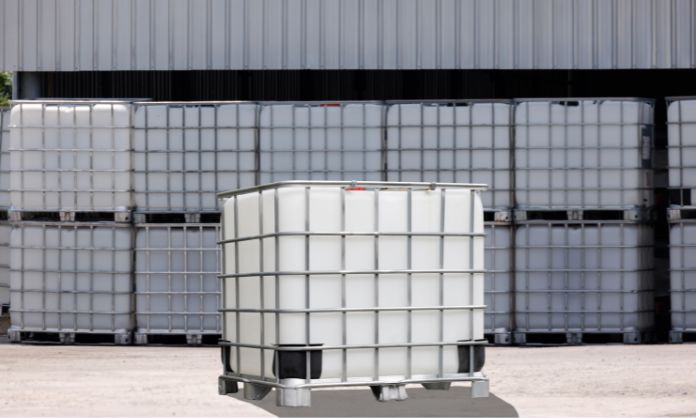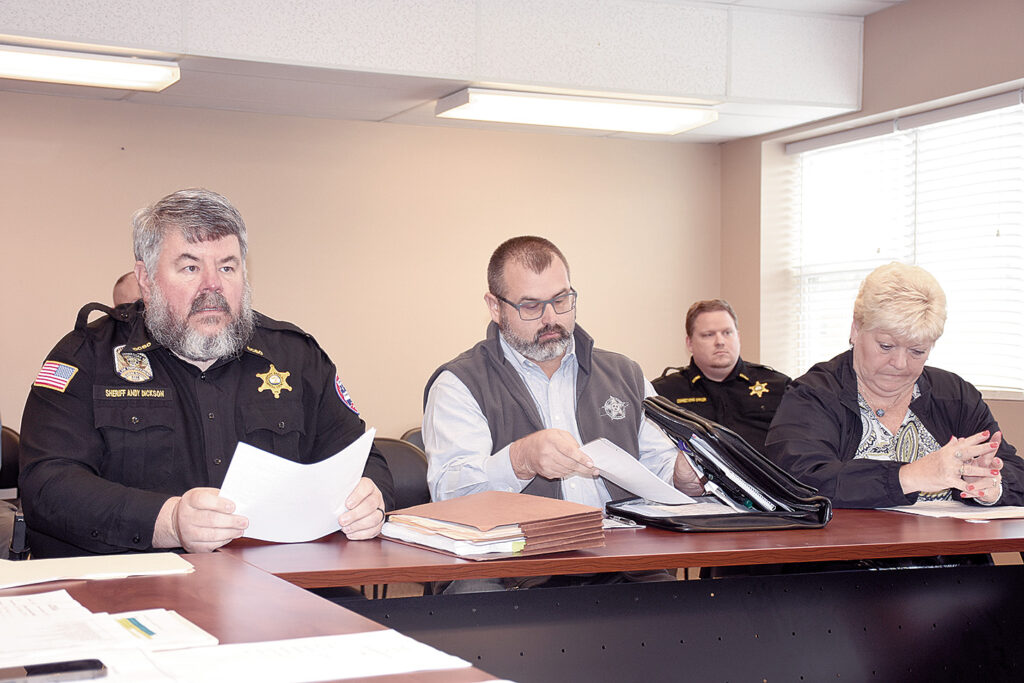Trees provide shade, beauty, oxygen for the air, habitat for birds, and privacy for homeowners. It’s easy to be entranced when imagining a lush, mature landscape. However, most trees that homeowners can plant themselves are not taller than six feet. Think about how they’ll grow along with other important things to know before planting a tree.
Your Goal When Planting a Tree
Before you head out to the nursery, think about why you want a new tree on your landscape. Trees can offer shade or lovely flowers blooming on spring branches. Trees that produce berries or other fruit attract birds but also can create a messy nuisance when the fruit falls. Some trees work better in teams as privacy hedges and some provide a blaze of beautiful fall color.
Many species of trees look petite in their containers, but in a decade or two they could overwhelm your yard with roots and loom dangerously over your house. Deciding what your goal is for your new tree will help you make your selection.
Sun, Soil, and Suitability
Many trees thrive in dappled sunlight, while others require full sun. Figure out where you think you want to plan your new tree; then, examine the soil. Is it light and loamy or dense and compacted? Figure out how many hours of sunlight the tree would get per day in the place you hope to plant it. Consider your climate, including the range of temperatures over the year and how much precipitation you can expect.
Think about whether your location experiences strong storms with high winds. Also, check your chosen planting spot to see if it is consistently wetter or dryer than other areas of your yard. All this information will help your nursery identify suitable trees for your climate and your landscape.
Consider the view from inside your house, on your patio or deck, and from out in the yard. Decide if the site you are considering will enhance or interfere with your views.
Identify Utilities Above and Below
When it comes to things to know before planting a tree, don’t forget about the location of utility lines. Don’t dig a square inch until you have called your local utility companies to come and mark the location of their lines. It would be a shame if your effort to beautify your yard turned into a costly and dangerous disaster because you dug where you should not have.
Contact a professional plumber to help you locate the path your sewer line takes beneath your yard and whether it runs under your chosen planting place. Invading tree roots are a prime cause of sewer line problems. Even if your tree is small now, if you plant it close to an underground sewer or other underground utility lines, you may be creating an ongoing expense for maintenance underground.
The height of a tree at maturity matters when overhead power lines are near. Trees planted under or too close to power lines create havoc when a strong storm whips branches around or off the tree. Utility companies responsible for maintaining their lines are merciless when cutting branches away from lines. Their concern is for safety and uninterrupted service, not aesthetics. Trees trimmed to avoid interference with electric lines often end up looking unbalanced and awkward.
There is a tree for every landscape. Careful planning will help you choose the right one to provide years of beauty and pleasure.







